POWER YOUR BUSINESS!
CHARGE UP YOUR DAY!
ELECTRIFY YOUR MOBILITY
The public accessibility of charging points for electric vehicles is a fundamental requirement to establish electromobility. In this context, the Ordinance on the Development of Alternative Fuels Infrastructure (AFIR) is of particular relevance. From April 13, 2024, recharge on an ad-hoc basis at charging points will be mandatory, that means the possibility to charge and pay without a prior electricity contract. In order to understand which charging points are covered by the AFIR, a clear distinction needs to be made between publicly accessible and non-publicly accessible charging points.
The latter are characterized by certain features and markings that restrict the group of charging point users. The AFIR focuses only on publicly accessible charging points that are accessible to a wide range of people without individual restrictions. The criteria and features that determine the public nature of a charging point in accordance with the AFIR are explained in more detail below.
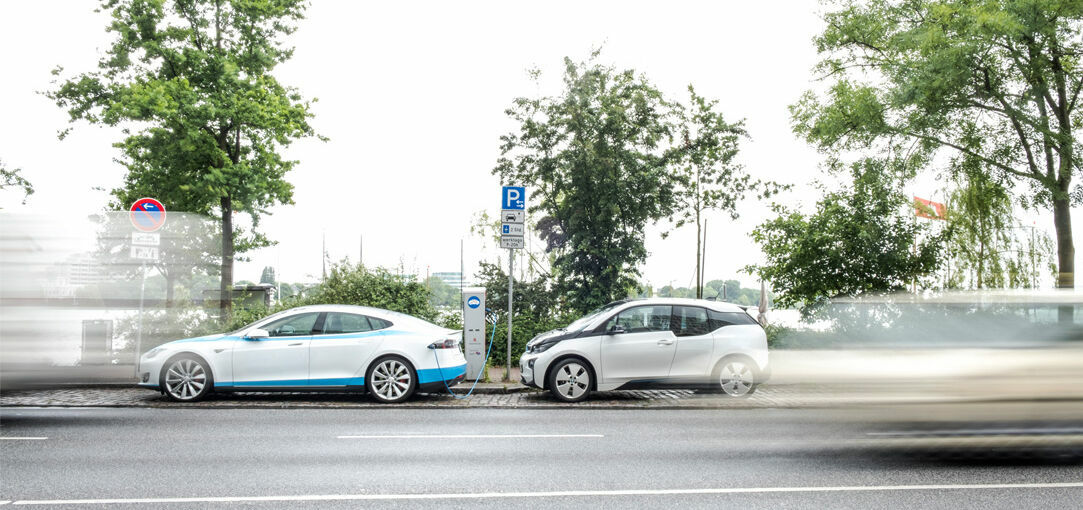
A charging point is considered publicly accessible if the associated parking lot is accessible to the general public without specific markings or signage. This includes charging points on roadsides or in parking lots without barriers or signs.
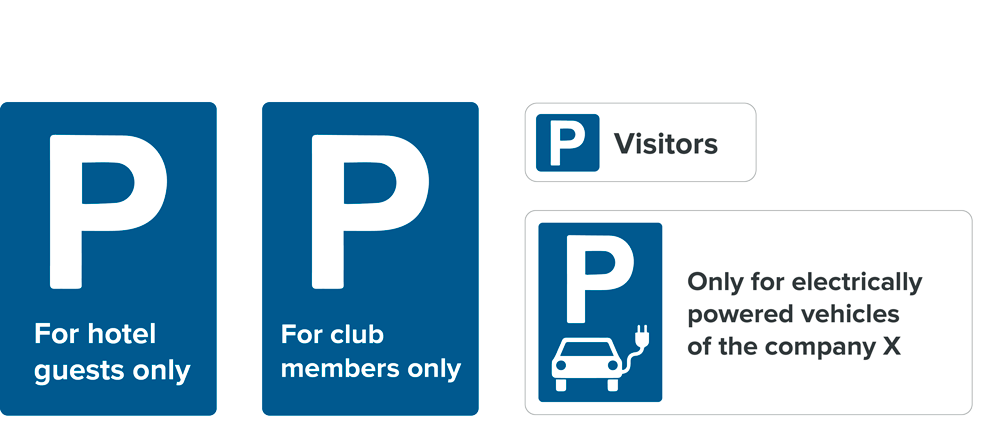
On the other hand, a charging point is not public if the operator makes it clear through visible markings or signage that the use is restricted to a specific group of people. Examples are signs such as "Parking only for..." or similar, which specify a specific use. Caution: "Parking for customers only" is not sufficient, as "customer" is too general and vague.
The AFIR takes into account that the public nature of a charging point is not solely influenced by registration. Rather, the decisive factor is that the primary business purpose of the parking lot is to serve a broad group of people without individual restrictions.
Operators of e-charging stations are facing an important change: From April 13, 2024, ad-hoc credit or debit card payment will be mandatory at newly installed public charging stations throughout Europe.
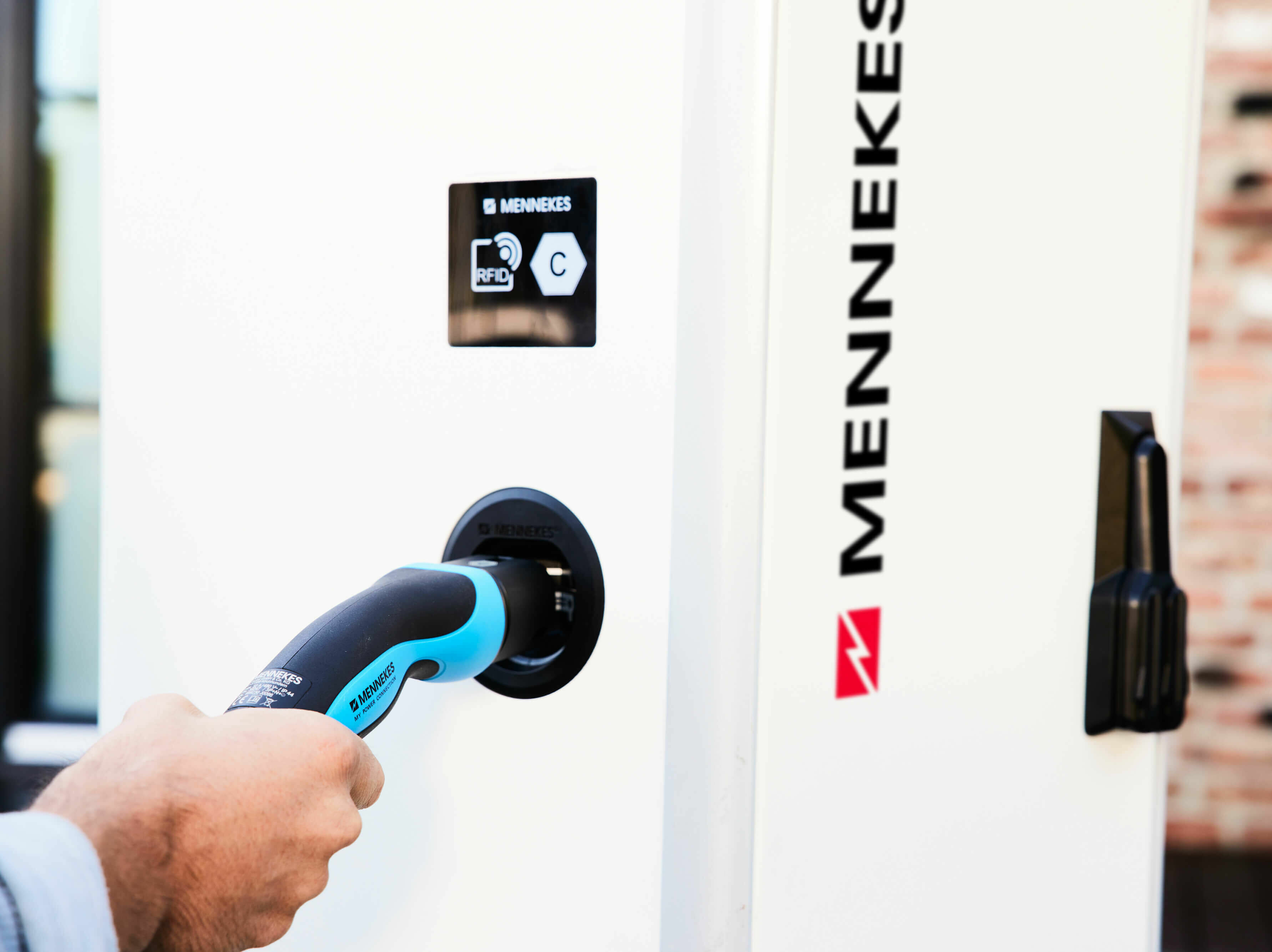
From April 13, 2024, operators of publicly accessible charging stations in Europe must comply with the new requirements and enable ad hoc charging with a "widely used payment instrument". According to AFIR, this is the case for debit and credit cards. Various technical implementations are possible.
The obligation to install card terminals applies to newly installed DC charging stations with a charging capacity of 50 kW or more. With a lower charging capacity (e.g. AC charging points), alternative, secure payment methods remain permissible. A specific "card terminal" device does not necessarily have to be installed.
As a general rule, several charging points at one location can also be controlled by a central payment terminal. This reduces investment and operating costs, especially for larger parking lots or charging parks.
A secure ad-hoc-payment process must be implemented for charging points with a charging capacity of less than 50 kW. A so-called "specific QR code" is mentioned in the AFIR as an example. After scanning the code with a smartphone, the user is redirected to a corresponding price display and payment for charging.
NOTE: The specific technical implementation of a legally compliant solution is currently still under political discussion. Manufacturers and operators expect clarification from the responsible authorities in the near future.
Another obvious solution is the integration and use of an appropriate card reader (card terminal). Payment for a charging process can then be made conveniently and contactlessly via the NFC technology integrated in the debit or credit card or via a corresponding payment function - Apple Pay, Google Pay, etc. - in the smartphone.
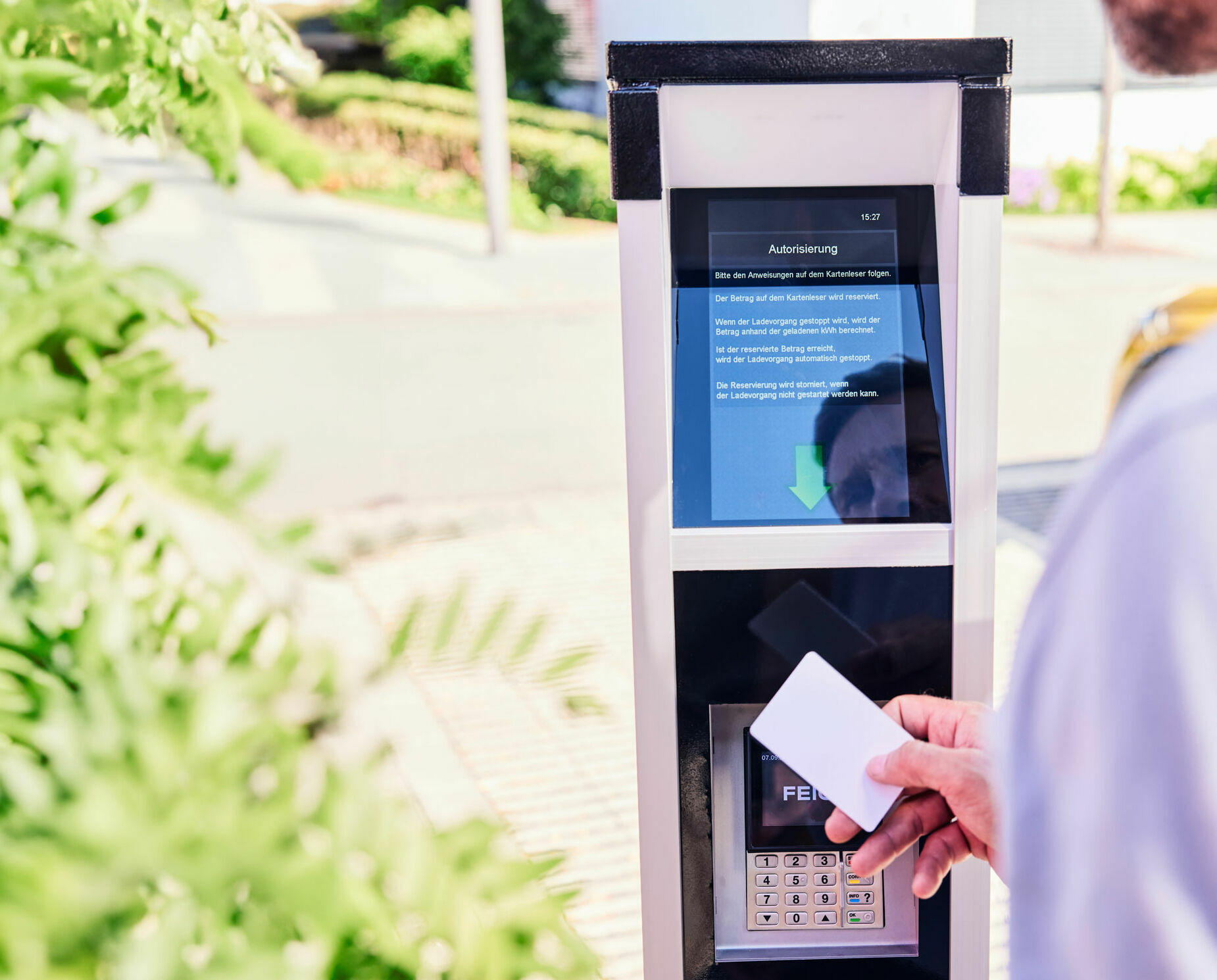
One advantage of card-based ad-hoc-charging for e-car drivers is the familiarity of the payment method. They can conveniently pay for the charging process by presenting their bank card - spontaneously and without prior registration or a long-term contract with the traction current provider. This is particularly practical for occasional users and travelers. The price display on the device before charging also ensures full transparency of charging costs. For charging station operators, the option of card payment therefore increases the accessibility and user-friendliness of the charging infrastructure. This is reflected in greater customer satisfaction, a broader customer base and better utilization of the charging stations.
Even if paying by debit and credit card means higher investments, charging station operators should also see an opportunity behind this. They can become part of a growing Europe-wide charging network and attract more customers. In this respect, early expansion - even of existing charging stations - is worth considering.
National ordinances regulate the technical requirements for the installation and operation of public charging stations in the respective countries. The AFIR sets Europe-wide requirements for the development of infrastructure for alternative fuels and strives for standardization and interoperability of charging and payment interfaces. The aim is to establish a user-friendly charging network in Europe in order to increase the acceptance of e-cars. Important to know: National regulations are subordinate to the AFIR in this context. As a reminder: requirements from a European regulation are considered final by the legislator.
There is no retrofitting obligation for charging stations with a charging capacity of less than 50 kW!
By January 1, 2027, it must also be possible for existing DC charging points along the European TEN-T transport axis to charge ad-hoc with a debit or credit card. This is therefore also a retrofitting obligation for DC charging points.
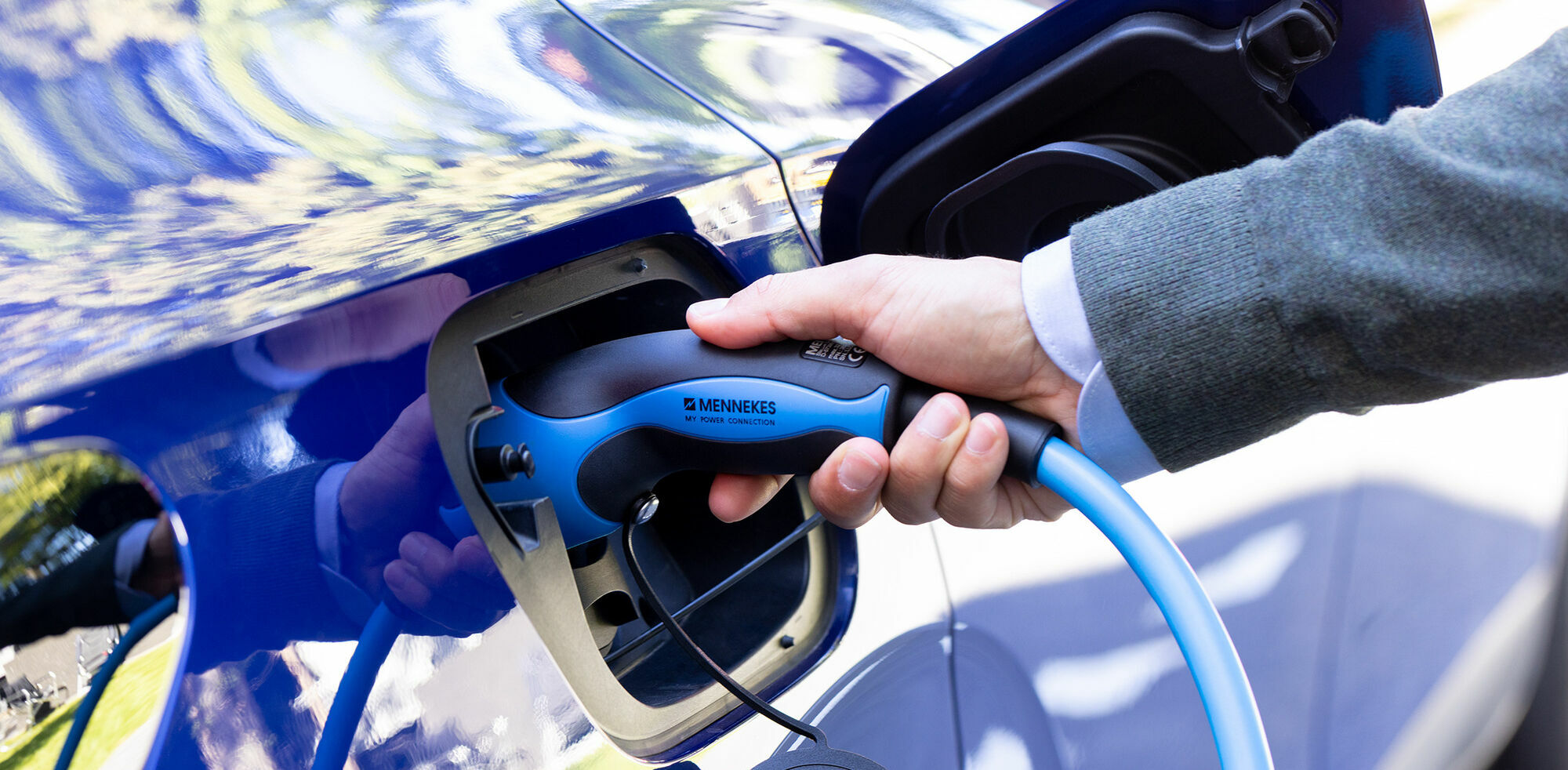
In addition to the ad-hoc payment option, charging station operators must also comply with other requirements of possible national regulations and the Alternative Fuels Infrastructure Regulation (AFIR). These include the transparent display of prices. The AFIR stipulates: For publicly accessible charging points with a charging capacity of 50 kW or more, the tariff must be displayed at the charging point.
For charging stations with a charging capacity of less than 50 kW, the information must be made clearly and easily available to electric car drivers. The technical implementation therefore also allows more leeway here. This allows e-car drivers to estimate in advance what the charging process will cost.